Table of Contents:
- Introduction
- What Does an Echocardiogram Show?
- Does an Echocardiogram Show Blockages?
- Why an Echocardiogram is Essential for the Heart
- What Does an Abnormal Echocardiogram Look Like?
- Echocardiogram for Heart Health
An echocardiogram is a heart ultrasound that gives doctors a clear picture of the heart. It is a safe test that uses sound waves to create the heart’s images. This test helps identify various heart conditions and monitor heart health over time. Knowing what an echocardiogram shows can guide important treatment decisions.
Master ACLS Now
Get ACLS certified with confidence
What Does an Echocardiogram Show?
An echocardiogram or “echo” helps doctors find problems that could affect heart health. In the US, the number of echocardiograms performed has been about 7.1 million each year, indicating a growing recognition of this device.
Many patients wonder, “Can an echocardiogram detect blockages?” Read on to find out!
Heart Structure and Function
An echocardiogram provides a clear image of the heart’s chambers, including the left and right atria and ventricles. Doctors check the heart’s chambers during an echocardiogram. This can show signs of conditions like an enlarged heart or weakened heart muscles. Changes in how the heart looks can suggest problems with blood pressure or how well the heart works.
Heart Valves
The heart’s valves control blood flow between its chambers. Issues such as valve narrowing (stenosis) or leaking (regurgitation) can be identified, which may cause symptoms like fatigue, breathlessness, and irregular heart rhythms. An echocardiogram can spot even subtle irregularities by observing how fully the valves open and close with each heartbeat.
Blood Flow and Pressure
An echocardiogram is especially useful for identifying blood flow irregularities that can point to restricted blood flow. Understanding does an echo show blockages helps patients know what to expect from the test. Although an echocardiogram doesn’t directly show blockages in coronary arteries, it can highlight signs, such as abnormal wall motion, which might suggest reduced blood supply to certain parts of the heart.
Doctors may use a Doppler echocardiogram, which shows blood flow speed and direction, to get a more complete picture of blood flow.
Blood Clots, Tumors, and Infections
An echocardiogram can also detect issues such as blood clots, tumors, or infections in the heart. Under certain conditions, blood clots may form in the heart. If left untreated, they can lead to serious complications. Detecting these clots early allows doctors to take preventive steps and prescribe necessary medications.
Though uncommon, heart tumors and infections like endocarditis (inflammation of the heart lining) can also be seen on an echocardiogram. These conditions may cause a range of symptoms and can impact heart function over time. Early identification through echocardiography can guide timely treatment to reduce complications.
Read More: List of ACLS Acronyms and Abbreviations You Need to Know
Does an Echocardiogram Show Blockages?
People often ask, “Does echocardiogram show blockage” when learning about heart health. It is important to understand that it does not detect blockages, however it shows how the heart is performing.
This could signal a possible blockage, leading doctors to perform more focused heart-related tests, like a stress test or angiogram.
Why is an Echocardiogram Essential for the Heart?
Regular echocardiograms monitor heart health. This is especially useful for individuals with risk factors such as high blood pressure, diabetes, or a family history of heart disease.
Early Detection of Heart Problems
An echocardiogram helps spot early signs such as weakened heart muscles, valve disorders, and structural problems. Having this insight means conditions like heart failure or valve issues are addressed sooner, often leading to better outcomes. This early detection helps doctors plan treatments that can reduce strain on the heart.
While patients ask, “Does the echocardiogram show blockages?” Doctors often explain that further tests may be necessary for a complete diagnosis.
Tracking Heart Health
An echocardiogram provides doctors with the information to tailor treatment plans for your heart. By evaluating blood flow and heart chamber sizes, it can pinpoint issues like heart failure or congenital defects that may not be apparent through other diagnostic methods. If heart function changes over time, adjustments can be made to keep the heart in the best possible condition.
Can an echocardiogram detect blockages? While they do not detect blockages, regular echocardiograms are also useful for patients already managing heart disease.
Understanding Heart Valve Health
Heart valves control blood flow within the heart, and an echocardiogram can show if these valves are working properly. Issues like narrowing (stenosis) or leaking (regurgitation) can make it harder for the heart to circulate blood effectively, causing symptoms like fatigue. Regular checks with an echo can show if treatment is helping or if a different approach is needed, keeping the heart working smoothly.
Checking Blood Flow and Circulation
An echocardiogram shows how blood flows through the heart and can reveal any abnormalities in circulation. Although it can’t directly detect coronary artery blockages, it can indicate reduced blood flow in parts of the heart, which may suggest restricted circulation.
Non-Invasive and Widely Accessible
An echocardiogram is non-invasive, requiring only a small ultrasound device on the chest, which makes it easy and painless. This accessibility makes it a great first test for examining heart health, providing valuable insights without the need for invasive procedures.
Because it’s widely available, an echocardiogram is also an ideal choice for regular heart check-ups. This allows more people to receive early screenings and promotes proactive heart care. Understanding what an echocardiogram can miss is important for knowing when additional testing might be needed.
What Does an Abnormal Echocardiogram Look Like?
An abnormal echocardiogram indicates that the heart’s structure or function is outside the healthy range. These help doctors identify heart-related issues.
Structural Abnormalities
Structural abnormalities on an echocardiogram may show as changes in the size, shape, or thickness of the heart’s chambers. For example, an enlarged chamber can suggest that the heart is under strain, often due to high blood pressure. Issues with heart valves, such as narrowing (stenosis) or improper closing (regurgitation), may also appear, affecting how blood flows and potentially causing extra strain on the heart.
Blood Flow and Motion Abnormalities
An echocardiogram may reveal irregular heart wall motion, which can signal reduced blood flow, often linked to coronary artery disease. Additionally, abnormal blood flow patterns between chambers can suggest circulation issues or high blood pressure. Detecting these early helps doctors guide treatment to support healthier heart function.
Read More: Cardiac disease in the young: Recognizing and Understanding Early Signs
Echocardiogram for Heart Health
An echocardiogram provides valuable insight into heart health, capturing details about heart structure and blood flow. This test is used for early detection and effective monitoring. Although it doesn’t directly reveal blockages, it can highlight signs that may suggest restricted circulation or structural issues needing further examination. Understanding what an echocardiogram shows equips patients with the knowledge to take proactive steps in maintaining heart health. Enroll in an ACLS course to enhance your skills in advanced cardiac care.







